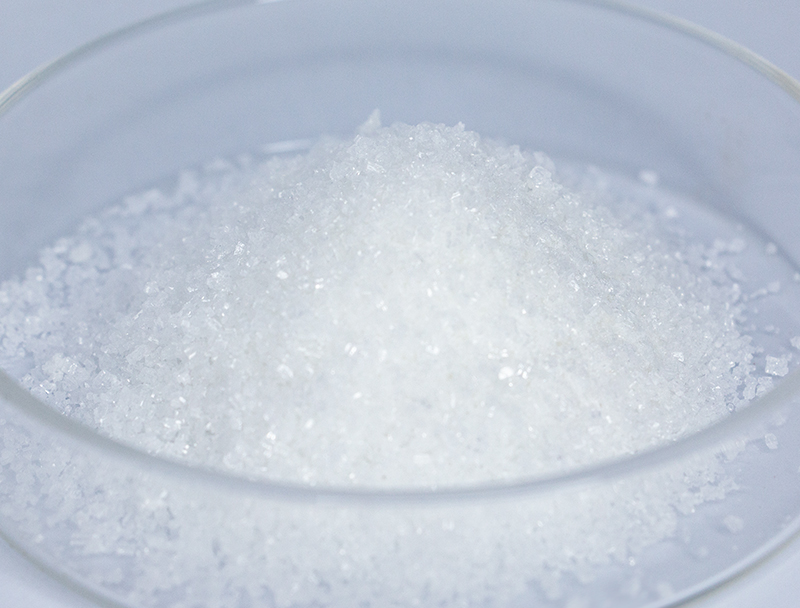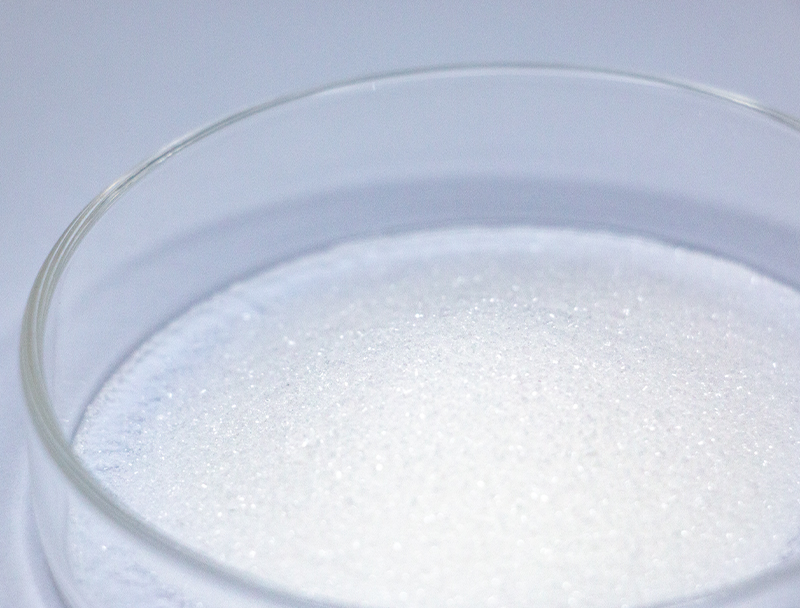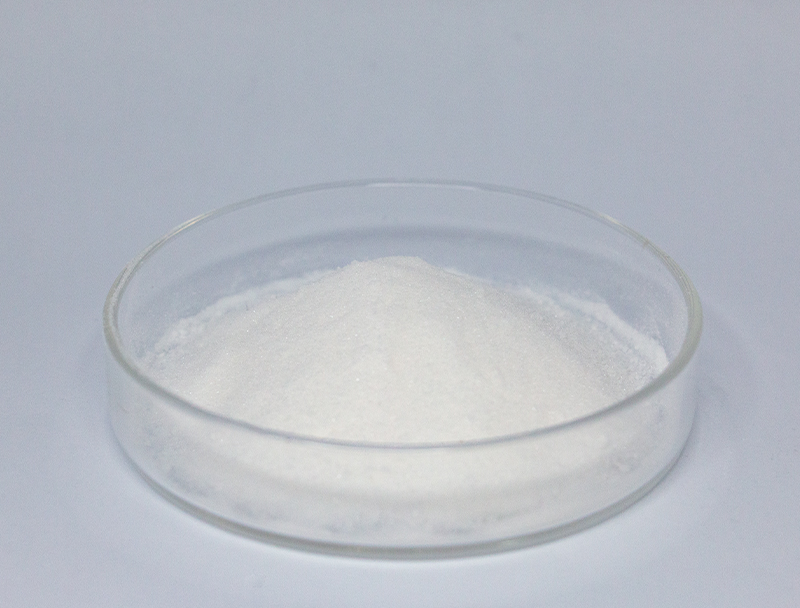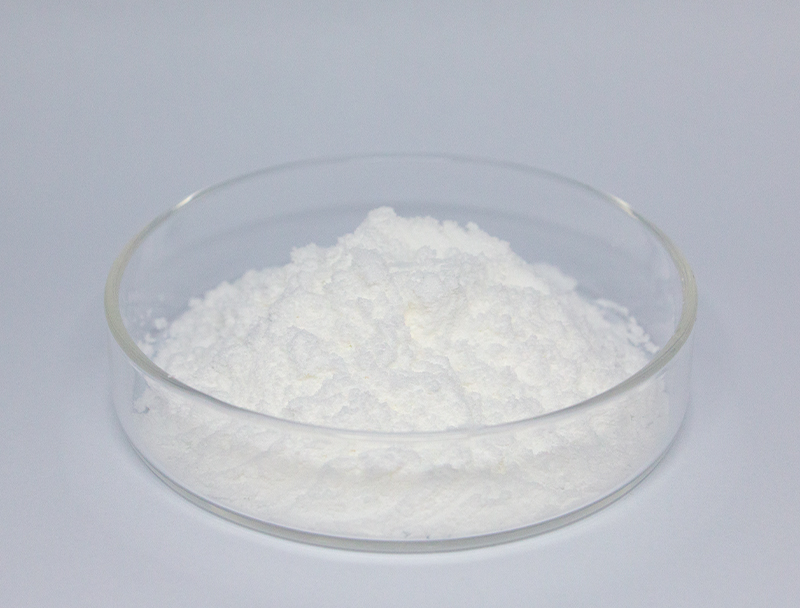
Advanced biosystems are built around a comprehensive selection of feedstocks for developing state-of-the-art biosolutions.
Safeguarding environmentally mindful sourcing dictates persistent stability and principled industry advancement.
various risks tied to conventional feedstock acquisition including biodiversity loss and excessive resource use. Accordingly, companies are required to implement regenerative sourcing methods to mitigate footprints.
- Models of sustainable material sourcing include:
- Harnessing secondary biomass from farming outputs
- Applying zero-waste frameworks to limit waste and optimize resource use
- Building relationships with nearby vendors dedicated to moral sourcing
This shift towards sustainable raw material sourcing is not only environmentally beneficial but also economically viable in the long run.
Upgrading Feedstock Traits for Better Biofuel Performance
Increasing biofuel conversion efficiency is tied to feedstock composition and condition. Technologists actively pursue refinements to increase feedstock efficiency, yielding greater biofuel outputs and greener energy prospects. This involves genetic modifications to increase biomass production, as well as pretreatment techniques that break down complex plant materials into more readily fermentable sugars.
- Moreover, investigations target novel feedstocks like microalgae, municipal residues, and field residues to widen the pool of renewable biomass for biofuel use.
- Thanks to continuous exploration the sector is prepared to realize considerable strides toward an eco-friendlier energy mix.

Enhanced Upstream Strategies for Biopharmaceutical Yield
includes primary operations from inoculation through cell collection Recent advances in this domain have led to improved production processes, ultimately increasing product yield.
Notable improvements feature new expression systems, refined media recipes, and automated reactor platforms. These developments raise yield and cut costs as well as diminish environmental consequences.
- Similarly, continuous process trends grant superior flexibility and refined control across production stages.
- Implementing cutting-edge manufacturing technologies will probably redefine workflows and accelerate innovation.

Genetic Engineering Innovations for Higher Therapeutic Yields
progresses in gene editing technologies, such as CRISPR-Cas9, have revolutionized the production of biopharmaceuticals. Through focused genomic edits within host strains, scientists increase expression of desired therapeutic proteins. This route supports the creation of more affordable and productive treatments for multiple disorders.
Microbial Solutions for Greener Bioremediation Practices
novel biological remediation techniques leveraging microbial metabolisms for pollution control. Certain microbes have capacities to biotransform contaminants into nonharmful forms.. Leveraging microbial biotransformation promotes sustainable remediation that curbs industrial environmental impacts.. Research teams analyze microbial diversity to find candidates that metabolize heavy metals, break down pesticides, and treat oil-contaminated matrices.. Organisms may be utilized in controlled reactors or in place to accelerate contaminant decomposition through biodegradation..
Using microbes for cleanup carries distinct advantages compared with chemical or physical remediation approaches. Microbe-driven cleanup typically costs less and generates fewer dangerous byproducts. Furthermore, microbial solutions are highly specific, allowing for the remediation of particular pollutants without disrupting the broader ecosystem. The domain advances quickly, concentrating on raising reliability and performance of microbial cleanup methods.
Bioinformatics Tools Transforming Drug R&D
Digital bioinformatics methods are central to evolving therapeutic discovery processes. From identifying potential drug candidates to optimizing their efficacy and safety, bioinformatics enables a more efficient and data-driven approach.
- By parsing huge omics and clinical databases, bioinformaticians detect targets and estimate therapeutic responses.
- Furthermore, computational modeling of drug–target interactions aids rational design of higher-performing therapeutics.
- Ultimately, bioinformatics modernizes development workflows and expedites access to safe, beneficial medicines.
Cell Factory Optimization for Higher Bioproduct Output
deploys several tactics to elevate cellular production of valuable biochemicals. Strategies involve pathway refactoring by genetic modification, expression modulation for balanced flux, and grafting of novel genes to add capacity.. Via targeted metabolic optimization researchers can meaningfully escalate production of desired biochemicals.
Such an integrated approach may disrupt diverse fields including therapeutics, crop science, and sustainable fuels.

Scaling Biopharma Production: Hurdles and Advantages
Transitioning to higher volumes entails serious complications and potential rewards. A primary obstacle is ensuring uniform quality control as volumes rise. Managing it necessitates robust automation, high-fidelity monitoring, and powerful analytical capabilities.

A further difficulty lies in process complexity, with many interdependent production phases.. Reengineering workflows for mass production involves rigorous R&D and inventive technology deployment.. Despite challenges, the benefits may be considerable. Achieved scale can widen availability of treatments, lower manufacturing costs, and boost financial returns.
Different initiatives are progressing to solve scale-up constraints. These include the development of new technologies for process optimization, advanced analytics for real-time monitoring and control, and innovative manufacturing strategies.
- Developmental projects contribute critically to scaling manufacturing competency.
- Regulatory agencies are working to streamline approval processes for new manufacturing technologies, facilitating innovation in the field.
Navigating the Regulatory Landscape for Biopharmaceuticals: Ensuring Safety and Efficacy
Producing biopharmaceuticals demands comprehensive oversight to guarantee safety and clinical effectiveness. Products of biological origin introduce specific challenges that differ from standard drug development.
Regulators such as the FDA and EMA define authorization pathways and quality standards for new biologic medicines..
Thorough testing frameworks are compulsory during all stages of development including after market release.. The processes aim to expose risks and ensure that treatments meet exacting safety benchmarks.
In addition, regulatory entities adapt their frameworks to stay current with rapid research and technological developments.. Policies involve deploying novel tech and expediting development while preserving commitment to patient safety.

Plant-Derived Feedstocks as a Route to Sustainable Bioplastics
The growing need for sustainable materials has led to a surge in research and development of renewable options. Using plant feedstocks to make bioplastics gives a promising direction for sustainable material development. Renewable inputs including cornstarch, cellulosic matter, and sugarcane biomass can be processed into biodegradable plastics that minimize long-term pollution.
Also, many renewable bioplastics exhibit comparable mechanical and functional traits to conventional plastics across applications.. Further innovation is required to mature plant-based bioplastics for broad adoption and circular economic models.
Biotech's Role in Improving Global Health and Agricultural Resilience
Biotech innovations hold promise to dramatically impact health and the reliability of food systems. With genetic tools, engineered biological systems, and regenerative cell approaches, experts craft interventions to manage diseases, enhance agriculture, and fortify nutrition.. As an example, crop genetic improvements for pest and stress resistance help boost production and cut dependence on chemical pesticides.. Additionally, biotech enables faster vaccine development, novel antimicrobials, and precise diagnostics critical to infectious disease control and health improvement.. Going forward, advancements in biotechnology trans-Cinnamic acid are likely to yield interventions that improve health and advance sustainable food systems globally.
